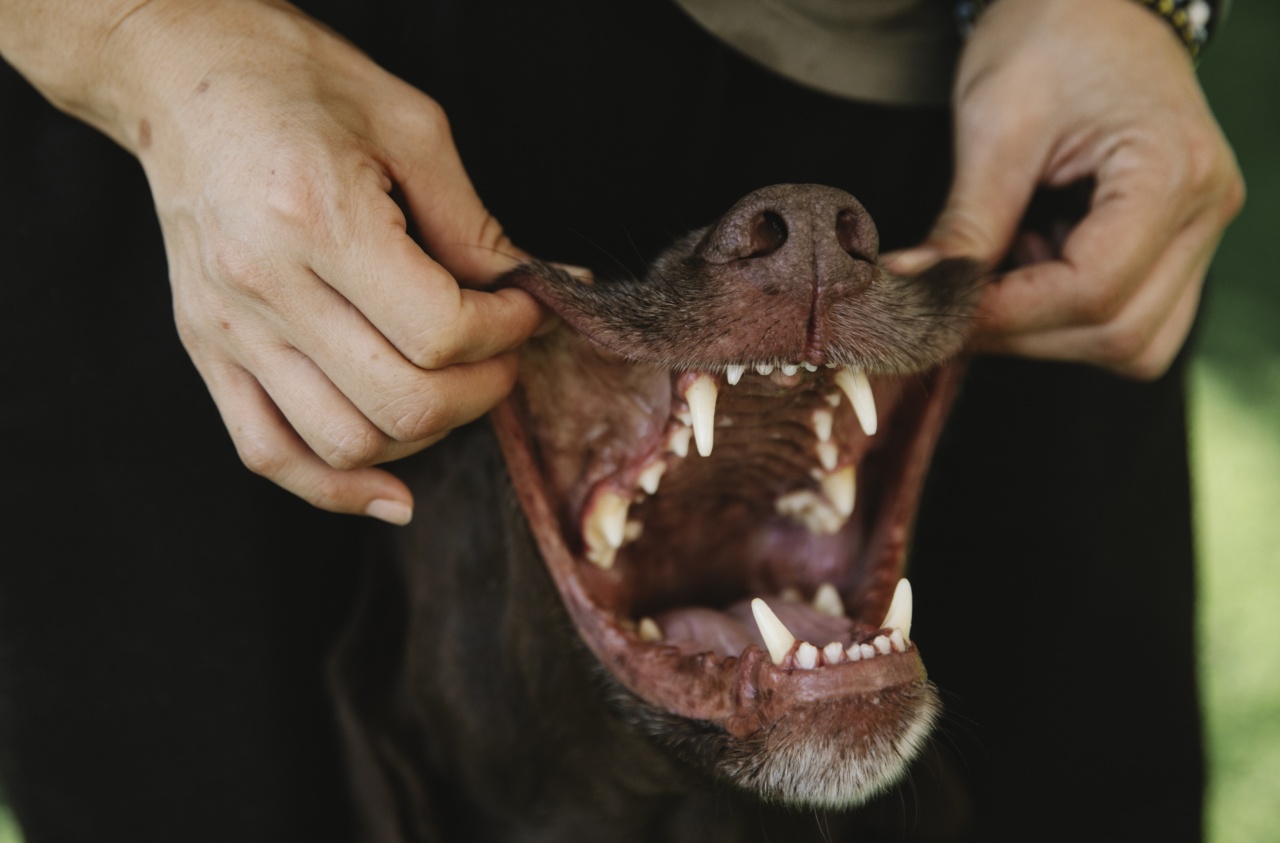Have you ever looked in the mirror and noticed a white lint-like substance on your tongue? While it might seem harmless at first, this peculiar coating can actually be an indication of various health conditions.
In this article, we will explore the significance of white lint on your tongue and why it should not be ignored.
What Causes White Lint on the Tongue?
White lint on the tongue is typically a build-up of debris, bacteria, dead cells, and food particles. This coating can vary in thickness and appearance, ranging from a thin, transparent film to a thick, fuzzy layer.
The color is often white or off-white, but it can also appear yellow or gray in some cases.
1. Oral Hygiene and Tongue Cleaning
Poor oral hygiene is one of the common causes of white lint on the tongue. When you don’t brush and floss your teeth regularly, bacteria and food particles accumulate in your mouth, leading to plaque formation.
This plaque can eventually coat the surface of your tongue and cause the appearance of white lint. Regularly cleaning your tongue with a tongue scraper can help remove this buildup and improve overall oral health.
2. Oral Thrush
Oral thrush, also known as candidiasis, is a fungal infection caused by an overgrowth of Candida yeast in the mouth.
It can cause the development of white patches or lint-like coatings on the tongue, along with other symptoms such as soreness, redness, and difficulty swallowing. This condition is more common in individuals with weakened immune systems, those taking antibiotics, or people with diabetes. Treatment usually involves antifungal medications prescribed by a healthcare professional.
3. Leukoplakia
Leukoplakia is a condition characterized by the formation of white patches or plaques on the tongue and other areas of the mouth. These patches can be thick and have a lint-like appearance.
The exact cause of leukoplakia is unknown, but it is often associated with tobacco use, alcohol consumption, chronic irritation, or the presence of the human papillomavirus (HPV). If you notice persistent white lint on your tongue, it is essential to have it evaluated by a healthcare professional to rule out any underlying issues, including leukoplakia.
4. Geographic Tongue
Geographic tongue, also known as benign migratory glossitis, is a harmless condition that affects the surface of the tongue. It causes irregular, map-like patterns on the tongue’s surface, which may include areas of white lint-like coating.
The appearance of the white patches can change over time and may come and go. While geographic tongue doesn’t typically require treatment, maintaining good oral hygiene and avoiding irritants can help manage the condition.
5. Dehydration
Dehydration can lead to a dry mouth, resulting in a white coating on the tongue. When there is insufficient saliva production, bacteria and dead cells can accumulate on the tongue’s surface, causing the appearance of white lint.
Staying hydrated by drinking an adequate amount of water and avoiding excessive caffeine or alcohol consumption can help prevent dehydration-related tongue coating.
6. Other Possible Causes
In addition to the conditions mentioned above, several other factors can contribute to the formation of white lint on the tongue:.
– Oral infections.
– Smoking.
– Side effects of certain medications.
– Allergies.
– Nutritional deficiencies.
If you experience persistent white lint on your tongue or other concerning symptoms, it is crucial to consult a healthcare professional for a proper diagnosis and appropriate treatment.
They can conduct a thorough evaluation of your oral health and help identify the underlying cause.
When to Seek Medical Attention
While white lint on the tongue can be harmless in some cases, there are certain situations in which medical attention should be sought:.
– Severe pain or discomfort.
– Difficulty swallowing or speaking.
– Swollen tongue.
– Bleeding from the tongue.
– Persistent white coating that doesn’t improve with self-care.
If you experience any of these symptoms, it is important to seek immediate medical attention, as they can indicate a more serious underlying issue.
Maintaining a Healthy Tongue
Keeping your tongue clean and healthy is crucial for overall oral health. Here are some tips to maintain a healthy tongue:.
1. Brush your teeth and tongue twice a day using a soft-bristled toothbrush.
2. Consider using a tongue scraper to remove debris and bacteria from the tongue’s surface.
3. Drink plenty of water and avoid excessive caffeine or alcohol consumption.
4. Follow a balanced diet rich in fruits and vegetables to ensure proper nutrition.
5. Avoid smoking and excessive alcohol consumption.
By following these practices, you can reduce the risk of developing white lint on your tongue and promote good oral health.
Remember, if you have any concerns or notice any changes in your tongue’s appearance, it is always best to consult a healthcare professional for an accurate diagnosis and appropriate treatment.


























